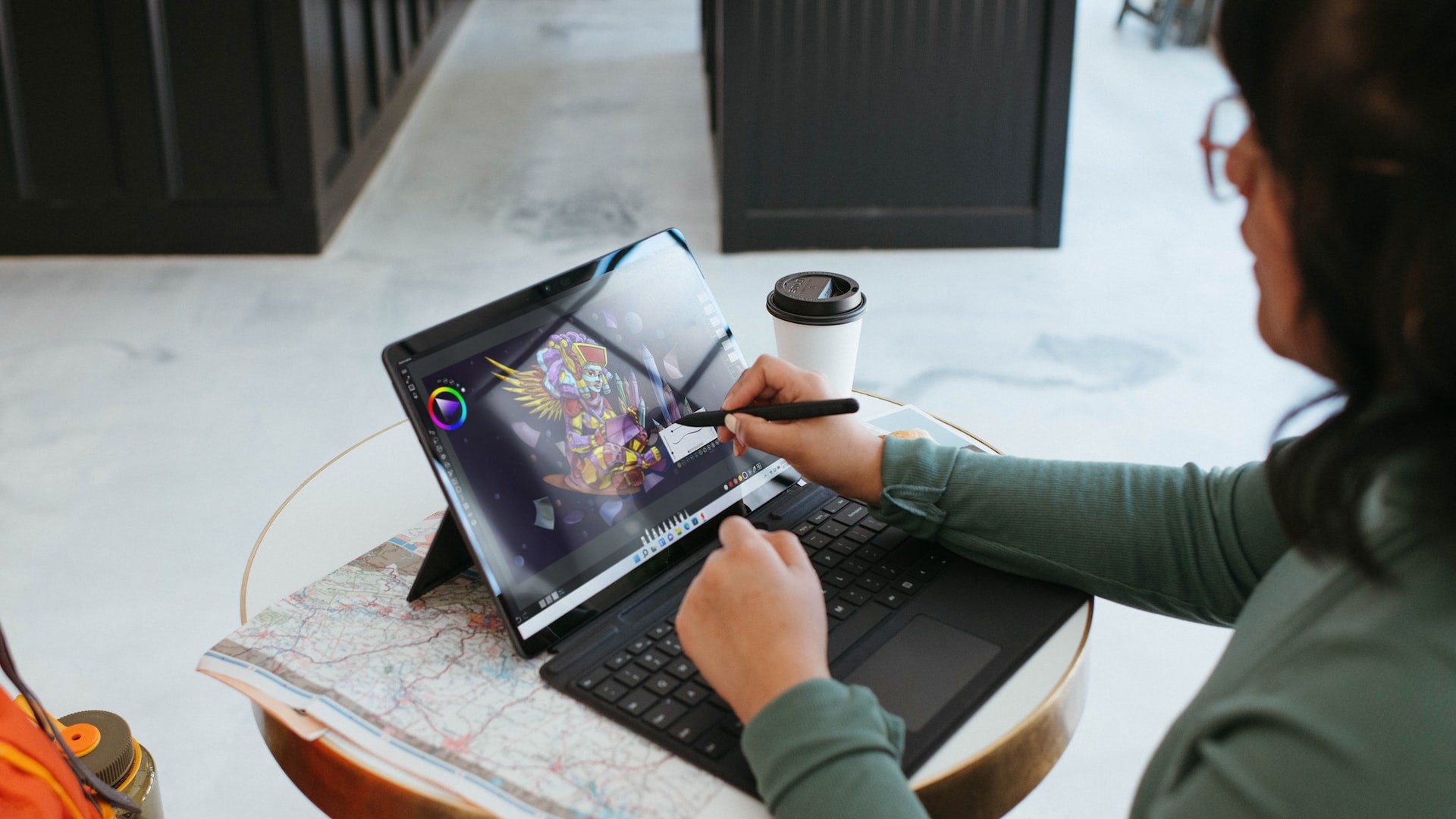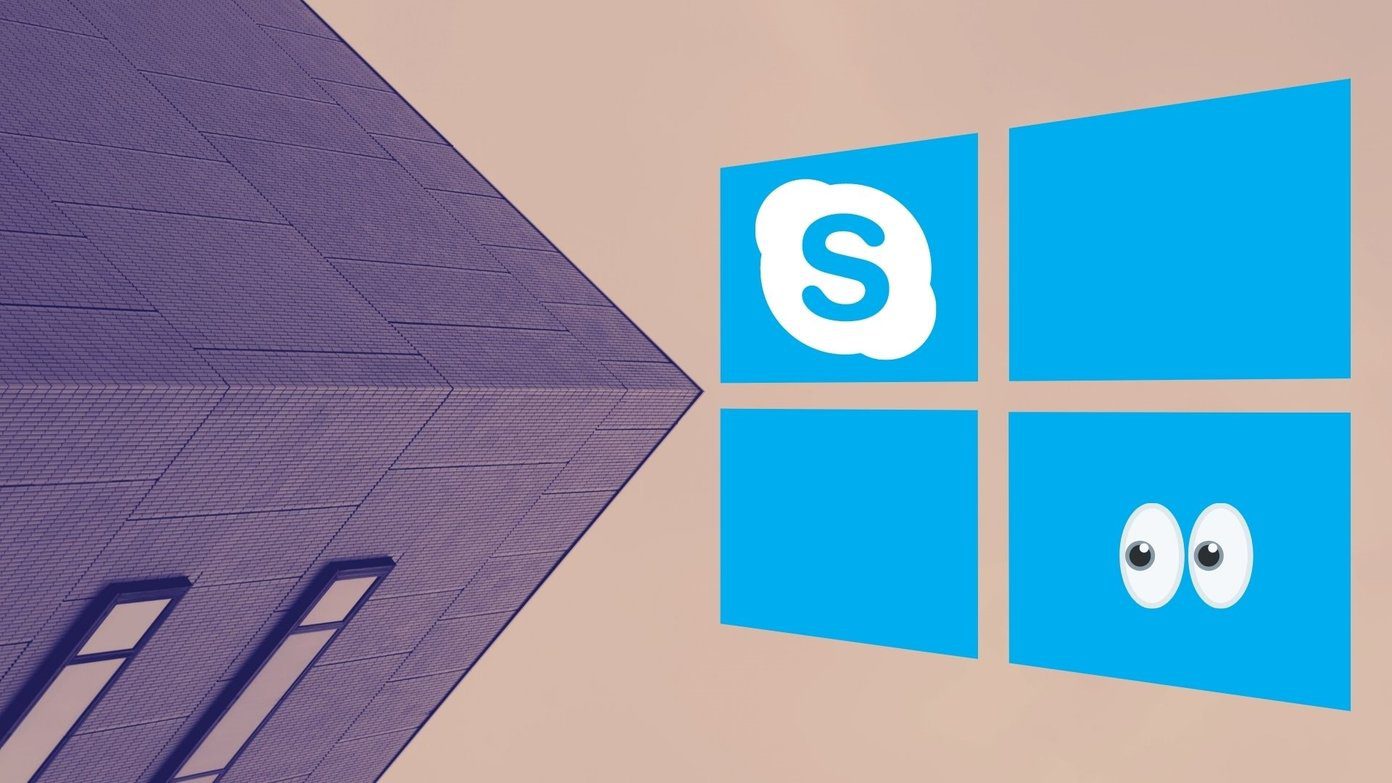Disabling the touchscreen on Windows 11 is relatively simple, in case you’re tired of cleaning greasy fingerprints off your screen or don’t find the feature useful. In fact, there’s more than one way to disable the feature. In this article, we’ll walk you through all of them. So, let’s get going.
1. Disable Touchscreen Using Device Manager
Device Manager on Windows lets you view and manage all your connected devices such as keyboards, sound cards, webcams, and more. You can also use it to quickly disable the touch functionality on your Windows 11 laptop. Here’s how to do it. Step 1: Right-click the Start icon or press the Windows key + X to open the Power User menu. Then, select Device Manager from the list.
Step 2: Double-click Human Interface Devices to expand it.
Step 3: Look for the ‘HID-compliant touch screen’ entry in the list. Right-click on it and select Disable device.
Step 4: Select Yes to confirm. Sometimes, you may see two ‘HID-compliant touch screen’ entries. In that case, you can use the steps above to disable both of them. Following that, your laptop should not respond to touch inputs. If you change your mind later, you can always re-enable the touchscreen. To do so, open Device Manager again, right-click on the ‘HID-compliant touch screen’ entry and select Enable device.
2. Disable Touchscreen Using Windows PowerShell
Windows 11’s default command-line shell provides another way to disable your laptop’s touchscreen. As intimidating as it may sound, disabling the touchscreen via Windows PowerShell is quite easy and only requires you to run a single command. Here’s how you can go about it. Step 1: Click the search icon on the Taskbar or press the Windows key + S to open the search menu. Type Windows PowerShell in the box and select Run as Administrator.
Step 2: Select Yes when the User Account Control (UAC) prompt appears.
Step 3: In the console, paste the following command and press Enter:
That’s all there is to it. Your touchscreen is now turned off. If you want to re-enable the touchscreen at any point, open Windows PowerShell with admin rights again and run the following command:
3. Disable Touchscreen Using Registry Editor
Lastly, if you feel adventurous, you can also tweak registry files to disable the touchscreen functionality. However, it’s worth noting that modifying registry files without knowledge can cause serious issues and may render your computer unusable. Consider using this method if the previous two do not work. Even if you’re familiar with editing registry files, you should follow the steps carefully. Also, take a backup the registry files or create a restore point before proceeding with the method below. Step 1: Press the Windows key + R to open the Run dialog box. Type regedit in the Open field and press Enter.
Step 2: Select Yes when the User Account Control (UAC) prompt appears.
Step 3: In the Registry Editor window, paste the following path in the address bar at the top and press Enter to quickly navigate to the Touch key.
Step 4: Right-click on the Touch key, go to New and select DWORD (32-bit) Value. Name it ‘TouchGate.’
Step 5: Double-click the newly created DWORD and change its Value data to 0 (zero). Then, hit OK.
Exit the Registry Editor window and restart your PC for changes to take effect. Following that, your laptop will no longer respond to touch gestures. You can re-enable the touchscreen by following the same steps above and changing the value of TouchGate DWORD from 0 to 1. Alternatively, you can also delete the TouchGate DWORD to enable the touchscreen.
No More Accidental Touches
Although touchscreen functionality allows you to easily interact with Windows, your laptop’s screen is bound to get dirty with constant use. And that’s not something you want to be looking at while working. Fortunately, disabling the touch feature on Windows 11 is simple, even if you only want to do it temporarily. Do you find touchscreen functionality useful, or do you prefer using a mouse and keyboard? Let us know in the comments below. The above article may contain affiliate links which help support Guiding Tech. However, it does not affect our editorial integrity. The content remains unbiased and authentic.


















